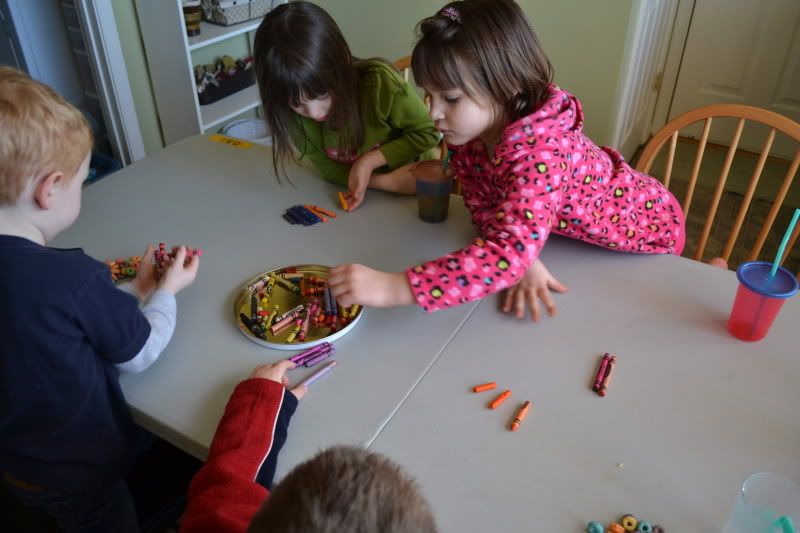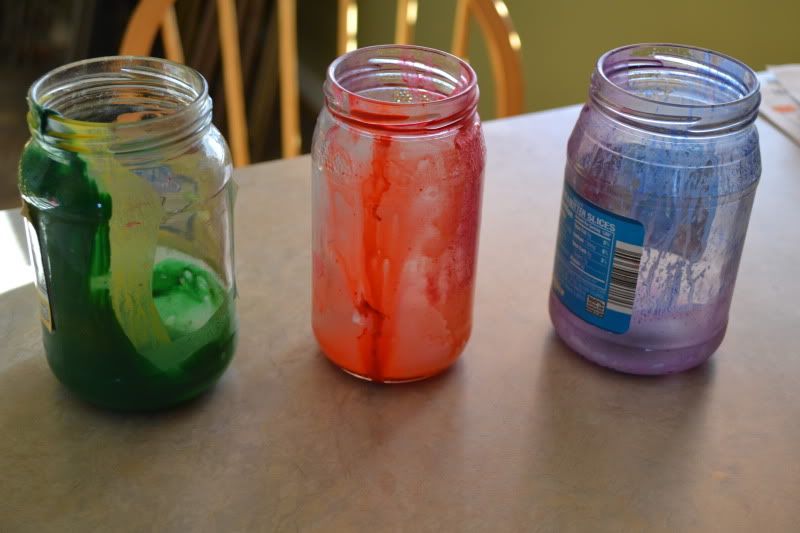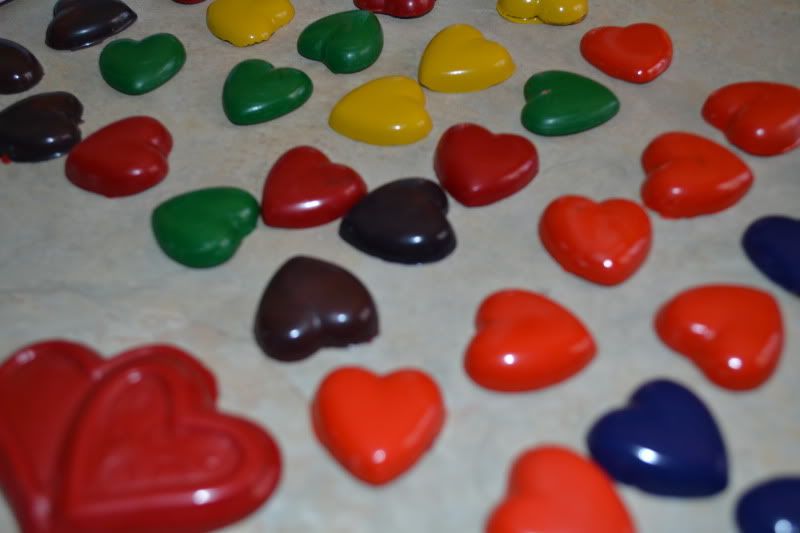
This week (March 1-5) many schools throughout the United States are celebrating the birthday of Dr. Seuss. To honor Dr. Seuss’ love of reading and his inspiration for kids and adults alike, March 3 is Read Across America Day. The National Education Association sponsors events to inspire reading in children throughout our schools and communities.
Dr. Seuss wrote many childrens books – Cat in the Hats, Green Eggs and Ham, Hop on Pop to name a few. In the cluster monthly Kids Activity Kit for March, there is a Dr.Seuss Reading Rewards Card for each host child. Punch out the colored dots for each book the children read. After 15 books, complete the Dr. Seuss Reading Certificate and reward the children with a Dr. Seuss pencil (included in the kit).
My son’s school developed a week of celebrations based on the themes of the Dr. Seuss books. This is a fun activity to do with your host kids at home. Dig out the Dr. Seuss books – you will be surprised how much fun the books are to read and the rhyming will help improve your english.
Monday – “Red and White Day” – wear red and white to show Seuss Pride.
Tuesday – “Cat in the Hat Day” – wear your favorite hat to school.
Wednesday – “Grinch Green Day” – wear green, but don’t be as grumpy as the Grinch
Thursday- “Fox in Socks Day” – Roll up your pant legs and show off your cool socks.
Friday – “Sneak Up on Reading Day” – Wear your favorite sneakers and participate in “Drop Everything and Read.”
Check out the Dr. Seuss website
for more ideas, printables and on line games to play with the kids. Enjoy!

 Valentine’s Day (February 14) is a time of love, friendship, giving, and caring. Americans use Valentine’s Day as an opportunity to tell friends and family how much they care. Children usually exchange cards at school.
Valentine’s Day (February 14) is a time of love, friendship, giving, and caring. Americans use Valentine’s Day as an opportunity to tell friends and family how much they care. Children usually exchange cards at school.





 Here are some interesting fact about the upcoming Labor Day holiday that you may not know. Below are some tips on what you can do with your children to celebrate from cooking recipes to coloring pages. Use this time to engage is some cultural sharing with your families.
Here are some interesting fact about the upcoming Labor Day holiday that you may not know. Below are some tips on what you can do with your children to celebrate from cooking recipes to coloring pages. Use this time to engage is some cultural sharing with your families. STREAMER CASCADES: Cut and curl ten 2- to 3-foot lengths of metallic curling ribbon. Stack the ribbons and knot them at one end. Using craft glue, sandwich the free ends of several ribbons between splatter-painted stars. Tape the cascade to the top of a safety-flag pole (remove the flag first), then secure the pole to the bike. Tape more curled ribbon to the handlebar ends.
STREAMER CASCADES: Cut and curl ten 2- to 3-foot lengths of metallic curling ribbon. Stack the ribbons and knot them at one end. Using craft glue, sandwich the free ends of several ribbons between splatter-painted stars. Tape the cascade to the top of a safety-flag pole (remove the flag first), then secure the pole to the bike. Tape more curled ribbon to the handlebar ends. BELL JINGLERS: Slide three to five bells onto a pipe cleaner and fit it to your child’s handlebars, wrist, or ankle.
BELL JINGLERS: Slide three to five bells onto a pipe cleaner and fit it to your child’s handlebars, wrist, or ankle. SPOKE DECORATIONS: Weave star garlands into one wheel’s spokes and secure the ends, being sure to stay clear of brakes and gears. With scissors, snip along the length of some straws, then snap them into place on the other wheel. To make noise as you ride, cut some straws to half the spokes’ length. They’ll clack as they slide on the turning wheel.
SPOKE DECORATIONS: Weave star garlands into one wheel’s spokes and secure the ends, being sure to stay clear of brakes and gears. With scissors, snip along the length of some straws, then snap them into place on the other wheel. To make noise as you ride, cut some straws to half the spokes’ length. They’ll clack as they slide on the turning wheel.
